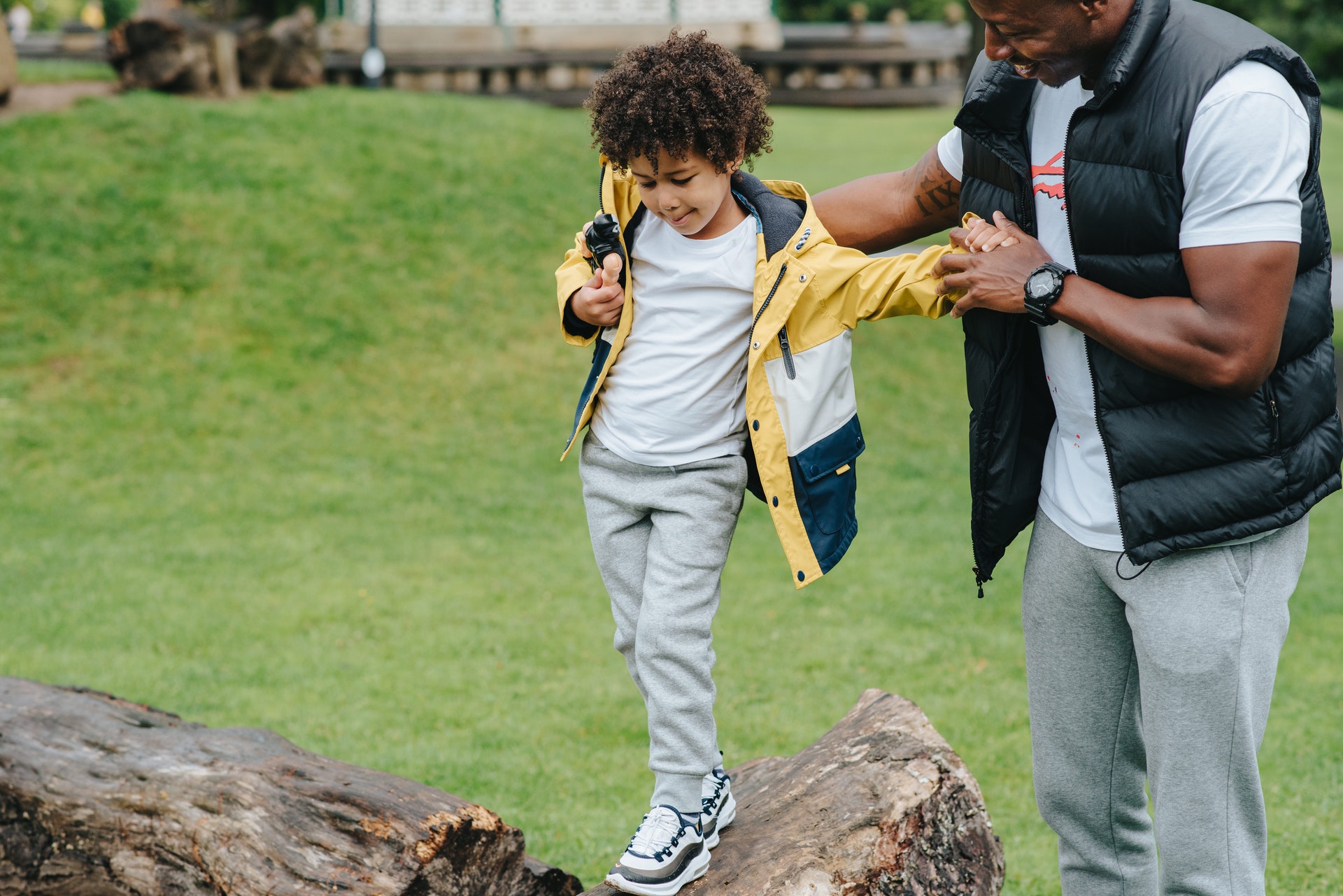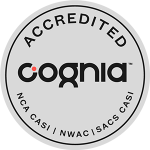Physical Education, PE, is often overlooked in homeschool routines. Subjects like math, reading and history may seem more important than PE. However, instilling healthy exercise habits and educating children about physical health can provide lifelong benefits. This is especially important for students who are transitioning from a traditional school to an online one.
If you’re not sure how to incorporate PE into your homeschool routine, these tips can help.
How to Add Physical Education (PE) to Your Homeschool Schedule
Incorporating physical education into your homeschool schedule may seem like a daunting task, but it’s easier than you think. Thoughtful planning and getting your students involved can help.
Pencil it In
Analyze your current homeschool schedule to figure out the best days and times for PE. It doesn’t necessarily need to be part of your daily homeschool routine, but if you can find ways to squeeze it in every day, everyone will benefit.
Remember that PE is about more than just exercise – it’s also about teaching your young people about physical health.
The best way to make physical education a priority is to make it a concrete part of your homeschool schedule.
Ask for Input
Anytime you make a change to your homeschool routine, it’s a good idea to talk to your kids about it. Let them know that the schedule will be changing and that you will be adding some new fun (but educational) activities. Involve them in your homeschool curriculum and scheduling.
To make the change smoother and less disruptive, ask your kids for input. If you can incorporate activities that your children enjoy, they’ll look forward to PE and maybe even start thinking about new options that you can add to the routine.
8 Homeschool PE Ideas
Once you’ve figured how to incorporate PE into your routine, you’ll need to plan activities for your sessions. There are many ways to keep kids active while also teaching them important lessons about physical health.
1. Biking
Biking is a great way for the whole family to get some much-needed PE time. Going for a bike ride around the neighborhood or at the local park will also break up the day and give everyone a chance to stretch their legs. If you’re studying anything about the natural world, you can use the ride as a means of exploring those topics by biking to a park that has plenty of natural surroundings. If you have access to historical locations, you can use a bike ride to take a tour of those important pieces of history. Embedding activities into other lessons is one way to incorporate it into your homeschool routine.
Making biking a part of your homeschool PE also gives you the opportunity to teach the kids about bike safety, such as:
- Wearing a helmet,
- Following the rules of the road, and
- Using hand signals.
2. Swimming or Water Aerobics
Swimming is an excellent PE activity, and depending on your location and nearby amenities, it may be an activity that your young people can enjoy year-round. Local health clubs often have indoor pools that your students can use even when the weather is poor. If you live near a lake, beach, or river, PE class can become an outdoor adventure. You can incorporate the study of these bodies of water into other lessons related to geography or science as well.
Be sure to include safety lessons here so that your students are aware of their surroundings and the caution necessary while swimming. Tailor your lessons to each child’s proficiency level so that everyone has a chance to improve their swimming skills.
If your students are older or more proficient swimmers, water aerobics is another great way to get moving and teach important lessons about exercise.
3. Neighborhood Walks
Going for a simple walk around the neighborhood can be an excellent PE activity, and it also provides many learning opportunities. Bring the dog along for a walk. Enjoy nature. Talk about what you see and hear.
Walks can incorporate lessons about plants, animals, and even the weather. A walk can be a great tool for English class; you can ask your kids to choose something to observe while they are on the walk and later write a descriptive paragraph or essay about those observations. If you bring along notebooks, they can jot down their observations and feelings along the way to add details to their writing later.

4. Hiking
If you’re feeling more adventurous, hiking is another great PE activity. Explore the trails at your local, state, and national parks. Make it an adventure.
During your outing, you can also incorporate other lessons. Bring reading materials and enjoy a reading or language arts lesson if the weather is nice. Pack up some art supplies and combine your PE and art lessons into one fun-filled afternoon. Help your students identify different types of trees, mushrooms, and plants. Just stay away from the poison ivy or your next few days of teaching will be littered with uncomfortable itches!
Of course, you can also use this opportunity to teach the kids about hiking safety or even discuss the muscles used while hiking as well.
5. Calisthenics
Walking, biking, hiking, and swimming are great PE activities, but they’re really only practical when the weather is nice. It’s important to have some indoor activities on the list for those days when you can’t go outdoors.
Calisthenics is a great option for indoor exercise, and it can include a wide range of exercises, including:
- Squats,
- Burpees,
- Push-ups,
- Planks,
- Frog hops,
- Vertical jumps, and
- Lunges.
Turn these activities into a game to make it more fun for the kids, or check out some YouTube videos about calisthenics for some ideas. To help teach goal-setting skills, you can have your students set individual goals for improvement related to each exercise and see how quickly they can surpass them. If your children are competitive, you can help them push each other by adding an element of competition to the workouts. Find out who can hold the plank position or squat the longest. Challenge them to see who can reach their individual goals the fastest.
6. Obstacle Courses
Build an obstacle course in your living room or backyard and make it a part of your PE class. You can even use the local park playground as a fun and challenging obstacle course. Obstacle courses are a great way to challenge your kids physically, but they can also be used to teach your children how to follow multi-step directions. If you’re building an obstacle course in your living room or backyard, the kids can help create and build the course, which requires both creativity and logic. They can even sketch out the course ahead of time for a lesson about dimensions and scale.
Obstacle courses can be made out of anything (cushions, chairs, or even exercise props), and you can change the course every time to make it challenging.
Make sure that your directions are clear and that the kids understand the rules. You can use a stopwatch or a timer on your phone to see how long it takes to finish the course. For an added challenge related to giving and following directions, have your students partner up or become the partner your child. One participant will have to close their eyes or be blindfolded while the other gives verbal cues about how to get through the obstacle course. Be sure not to include anything dangerous in this version of the obstacle course, or the remainder of your lessons could end up being spent in the Emergency Room!
7. YouTube Exercise Videos
If you’re having trouble planning an activity for your PE class, try searching YouTube for inspiration. There are plenty of free exercise videos that are geared toward children and teens, from aerobics to calisthenics to even yoga. Some videos have educational components that can help your children learn new concepts, but you can also incorporate your own lessons into the mix.
8. Free Play
Structure is important when homeschooling children, but it’s also important for kids to just be kids from time to time. There’s nothing wrong with allowing your students to play freely doing whatever activity they enjoy. You can make it a rule that they have to do something active, or you can just allow them to use their imaginations and play.
Free play time is important, and it gives your children a chance to be creative, explore and just enjoy life. These lessons are just as important as any other that you’ll teach in your home classroom. However, if you want to add another component to their time, they could keep a journal about their experience during free play. Topics could include what activity they chose and why, assigning stars and writing a “review” for the activity they chose, or describing their processes during the activity.
Homeschool PE is a great way to make sure that your kids are staying active while learning important lessons about physical health. There are no strict rules about how you get your student moving, but in the end, these are often the lessons that your kids will remember the longest: when they are being active, challenging themselves and each other, having fun, and enjoying time outdoors.
Are you exploring homeschool as an option for your family? Let us help with our nationally recognized, regionally accredited curriculum. Enroll today or get in touch with one of our school counselors for more information!




